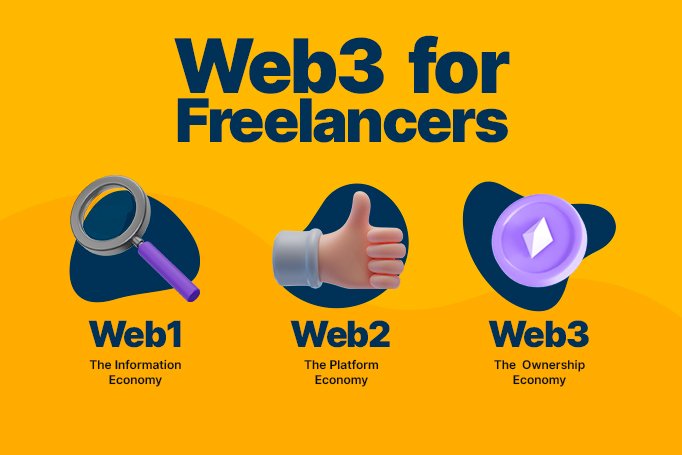The Problem: Freelancing Feels Broken
Freelancing platforms today? Bloated with fees, flooded with spam jobs, and run by opaque algorithms. As someone who’s been both a freelancer and a client, I knew there had to be a better way. One that didn’t involve a centralized company acting as a middleman.
That itch turned into an idea: Why not build a platform where freelancers and clients interact directly—no gatekeepers, no bias—just code and contracts? Enter: NEAR Protocol, Vue.js, and a surprisingly capable tablet.
My Offbeat Dev Setup
Yes, I built a blockchain-powered app mostly on a Samsung Galaxy Tab S9. Here’s how I pulled it off:
- Tablet: Samsung Galaxy Tab S9 (running in DeX mode with keyboard)
- Command Line: Termux (for Linux tools and NEAR CLI)
- Runtime: Node.js (installed via Termux)
- Framework: Vue.js for frontend
- Blockchain: NEAR Protocol (smart contracts written in Rust and deployed via CLI)
- DevOps: GitHub + Vercel for versioning and deployment
- Wallets: NEAR testnet wallets to simulate real transactions
Was it unconventional? Absolutely. But also surprisingly productive.
The Vision: A Trustless Freelance Platform
I wanted to reimagine how freelance platforms should work:
- Login with Wallets: No accounts, just NEAR wallet auth.
- Smart Contracts for Escrow: Payments are held in contracts until work is accepted.
- Transparent Transactions: Everything recorded on-chain—verifiable by anyone.
- Simple, Clean Frontend: Built with Vue.js for a smooth and lightweight experience.
And yes—it all worked on a tablet, using just testnet wallets and a bit of patience.
Key Features and Flow
Here’s how the core of the dApp works:
- Client Posts a Gig
A job description, price, and timeline are submitted via the frontend, signed with their NEAR wallet. - Freelancer Applies
Candidates submit proposals, which are tied to wallet addresses for traceability. - Smart Contract Handles Funds
On gig acceptance, funds are locked in an escrow contract until the client approves the deliverable. - Disputes? There’s Logic for That Too
Contracts include basic dispute resolution logic based on deadlines, inactivity, etc. - On-Chain History
Every transaction and interaction is stored transparently on NEAR blockchain.
Lessons from Building a Web3 App on a Tablet
Here’s what I wish someone told me before I started:
- Start Traditional, Then Go Decentralized
Build a working version of your marketplace before throwing blockchain into the mix. - Keep Frontend Lightweight
Tablets don’t like heavy build tools. Keep your Vue app optimized and minimal. - NEAR CLI Is a Blessing
It’s powerful and easy to use, especially from Termux. NEAR’s developer docs? Surprisingly solid. - Testnet Is Your Best Friend
Always test smart contracts on NEAR testnet before going anywhere near mainnet. - GitHub Is Your Lifeline
Tablets crash. Often. Version control isn’t optional—it’s essential.
Why This Matters (and What’s Next)
I didn’t just build a dApp. I proved that you don’t need a MacBook Pro or a five-person team to ship Web3 products. Just:
- A tablet
- A solid idea
- The right stack (NEAR + Vue)
- A bit of stubbornness
This project was about reclaiming control—for freelancers, for clients, for indie devs. In a world where platforms take 20–30% of your earnings, decentralization isn’t just innovation—it’s resistance.
Final Thoughts
If you’ve ever felt squeezed by centralized freelancing platforms, now’s the time to start building something better. Whether you’re a solo dev, a crypto nerd, or someone with a weekend to spare—Web3 is no longer theoretical.
I built this project off-grid, on a tablet, using tools anyone can access. And that means you can too.
Next steps for me? Maybe integrate DAO-based dispute handling. Or launch a mobile-first beta. Or just… debug under a tree again.
In 2025, decentralization is not a trend. It’s the future of work.
Read more posts:- Designing a Synthetic Genomics Data Generator Using Python and DeepChem



Pingback: Networking in Open Source: How to Build Connections - BGSs